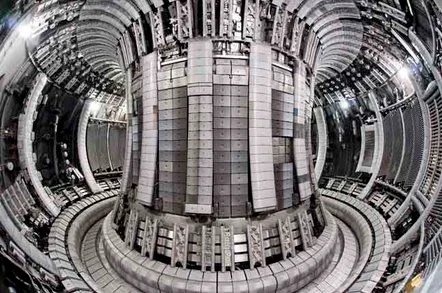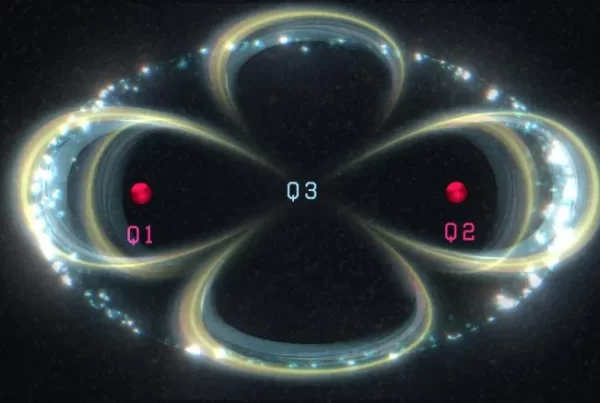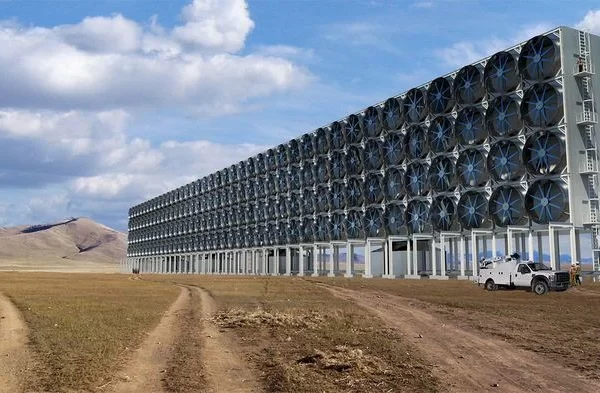JET, the Joint European Torus, is the world’s largest operational magnetic confinement unit for active plasma. The interior rivals that of an aircraft hanger at around 40,000m3. When active, the interior of the reactor eclipses 300 million°C, twenty times hotter than the center of the Sun. This is exciting because, fusion energy has potential to produce more power than even current nuclear fission energy can, with no waste. The most abundant element in the universe, hydrogen isotopes can be used in fusion reactors to produce virtually unlimited energy, and the only byproduct is a neutron and a helium isotope!
There is a road-map outlining how fusion energy will be provided to the grid by 2050 at the EuroFusion website.
Futurism also put a wonderful figure together explaining the process of fusion.
However, as promising as nuclear fusion is, it’s something scientists have struggled to achieve. It is far from trivial to manage the high-powered magnets used to control plasma at such temperatures for long enough to generate useful amounts of electricity.
Over the past year there have been some big wins. In October 2017, MIT broke the record for plasma pressure, and in December 2016, South Korea sustained the first ‘high performance’ plasma of up to 300 million degrees Celsius for 70 seconds. And in Germany, a new type of fusion reactor called the Wendelstein 7-X stellerator has been able to successfully control plasma.
JET‘s ST40 is what’s known as a tokamak reactor, which uses high-powered magnetic coils to control a core of plasma in a toroidal fusion chamber.
We will need to control plasma for much longer than 70 seconds to derive electricity from it, but these projects are beginning to gain momentum, and their prospects for the future are exciting.





